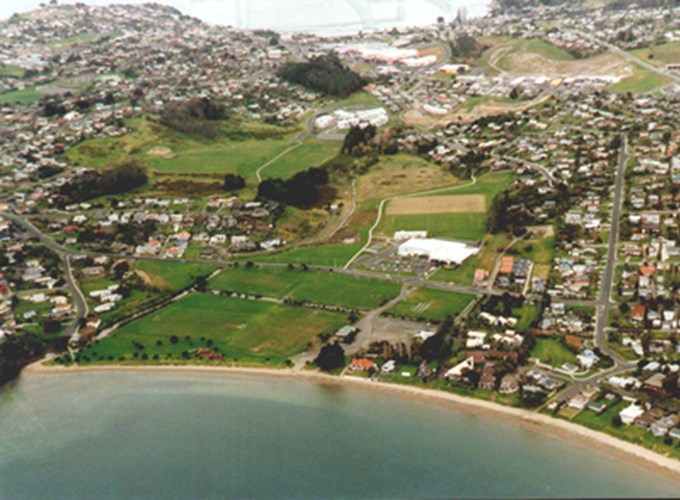Blue bottle jellyfish have been spotted at Orewa, Red Beach, Stanmore Bay and Big Manly in the past couple of weeks.
Once confirmed, these sightings were highlighted on Safeswim, which also includes other information about water quality and safety at 84 beaches across Auckland.
Over summer, the Safeswim team will continue to work with surf lifesaving patrols and use the Safeswim website to alert the public of jellyfish sightings.
Blue bottle jellyfish
Blue bottle jellyfish are very common on West Coast beaches but it is possible for them to wash up on East Coast beaches too, says NIWA Marine Biologist Dr Dennis Gordon.
Their numbers increase after spring plankton blooms.
“Blue bottles are ocean drifters because of their floats. Thus they are at the mercy of winds, tides and currents and can theoretically crop up anywhere.”
Check before you swim
Before you head to the beach this summer, remember to check before you swim at safeswim.org.nz.
Safeswim is a joint initiative by the Auckland Council Group, Auckland Regional Public Health Service and Surf Life Saving Northern Region.
Swimmers should keep an eye out for jellyfish when at the beach. If spotted, the council recommends finding an alternative swimming location for the day.
The council also strongly recommends keeping an eye on dogs and young children at all times to ensure their safety. If your dog begins to show signs of illness, take them to a vet immediately.
Medical advice
The Auckland Regional Public Health Service says most jellyfish stings in New Zealand are not serious and, if given prompt first aid, people are not likely to develop significant symptoms.
Symptoms of jellyfish stings include immediate intense pain, with burning and itching at the site of the sting.
The sting often appears as a welt with surrounding redness. In rare cases, victims can develop symptoms such as breathing difficulty or loss of consciousness.
How to treat a jellyfish sting:
- Wash the affected area with fresh or saltwater.
- Remove any tentacles or stings attached to the skin – but do not touch the tentacles or stings with your bare hands.
- Place the affected area in warm water (45C).
- Do not apply vinegar, methylated spirits or alcohol, as these will make the sting more painful.
- Calamine lotion, antihistamines and steroid creams may be helpful.
- If the reaction to the sting is severe or the symptoms worsen, see your doctor. If the person has reduced consciousness or difficulty breathing, call 111 and ask for an ambulance.
For more information on jellyfish stings, please visit Auckland Regional Public Health Service's Fact Sheet.
More information on water quality is available on Safeswim or by calling 0800 SAFESWIM (0800 723 379).


